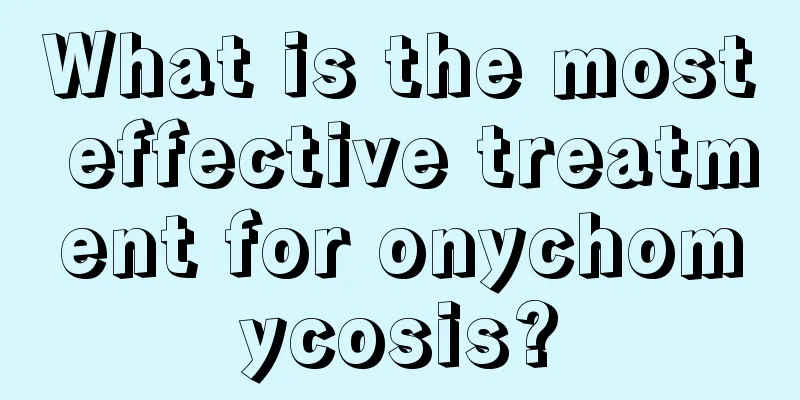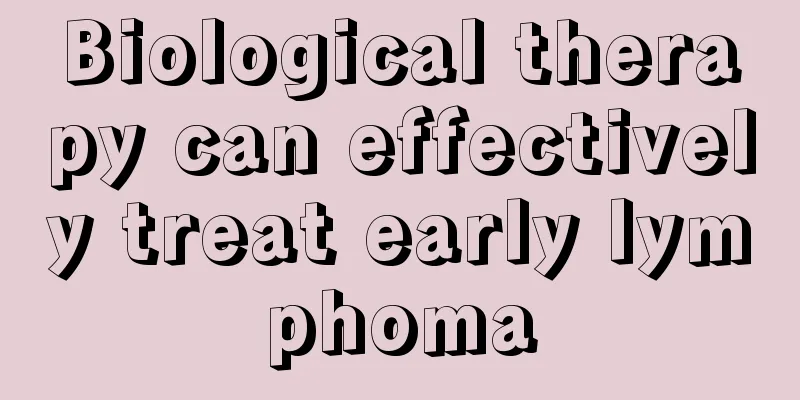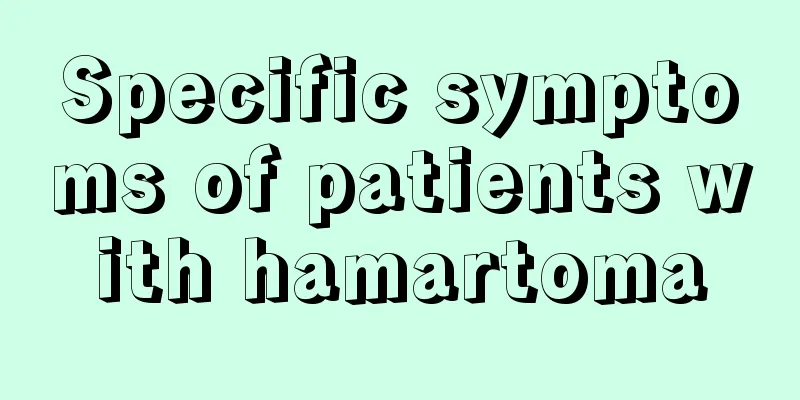What is the most effective treatment for onychomycosis?

|
As the saying goes, if you have onychomycosis, one person can infect two, so patients must seek timely treatment. There are many treatment methods, which can be treated with some oral and topical medications. For patients with recurrent symptoms, certain folk remedies can be used, such as using vinegar for bactericidal treatment, which is also very effective. Of course, for more serious patients, surgical nail removal can also be used for treatment. 1. Surgical nail removal Suitable for single nails. Under local anesthesia, the affected nail is removed. This method causes large wounds, bleeding, and is prone to infection. The operation generally causes more pain and is prone to recurrence of infection, so it is rarely used in clinical practice. Patients with heart disease, high blood pressure, diabetes, etc. are not suitable for surgical treatment. 2. Oral medication Suitable for multiple nails. For example, take 250 mg of terbinafine tablets orally daily for 6 to 12 weeks; take itraconazole 400 mg/day for 7 days and rest for 21 days as a course of treatment, and continue for 3 to 6 courses; take fluconazole 150 mg 1 to 2 times a week for more than 4 months. It can cure more than 80% of onychomycosis and onychomycosis. However, because this type of drug must reach the deck where the fungus is parasitic to exert its antibacterial effect, the dosage is large and the medication time is long, adverse drug reactions should be monitored regularly. 3. Topical therapy Depending on the different drugs, the main methods include local application of drugs and sealing and cutting. (1) Use a nail file (non-professionals should not use a razor blade to avoid bleeding and infection) to thin out irregular nails. The best time to do this is once every two days. (2) Apply 30% glacial acetic acid or 10% glacial acetic acid to the affected nails once a day for more than 3 to 6 months. The effect will be better if the diseased nail is thinned before applying the medicine. Before applying nail polish, be sure to protect the skin around the nails with a mild ointment; (3) Antifungal topical medications such as terbinafine tincture, amorolfine nail liniment, and ciclopirox nail liniment should be applied topically. 4. Treatment remedies 1. Vinegar. While there's no conclusive evidence that soaking your nails in vinegar can cure onychomycosis, studies have shown that it can inhibit certain bacteria. Some people recommend soaking your nails in a mixture of 1 part vinegar and 2 parts water for 15 to 20 minutes. Just remember to rinse thoroughly and pat dry, and you're done. 2. Add some apple cider vinegar to warm water and mix it well. Soak your nails in the water for about 15-20 minutes and then dry them completely. |
<<: Do you know the three major triggering factors of allergic eczema?
>>: What are the typical symptoms of viral encephalitis in children?
Recommend
5 tips to help you relieve paroxysmal supraventricular tachycardia
Paroxysmal supraventricular tachycardia often occ...
How to preserve kiwi fruit for a long time
Kiwi is a fruit with relatively high nutritional ...
What tea should I drink to detoxify acne
As we all know, everyone contains toxins in diffe...
How long in advance should you wash newborn baby's clothes?
After a child is born, parents should provide the...
What are the complications of prostate cancer? Complications of prostate cancer
Although prostate disease has a particularly seri...
What to do if your skin is dry and itchy
As the weather changes, the air quality and the m...
Will prostate cancer metastasize? What is the process of prostate cancer metastasis?
Nowadays, the incidence of prostate cancer is ver...
Wrong outlook on life that harms health
There are more common sense things in the world t...
What are the treatments for brain cancer?
The incidence of brain cancer is 100,000 per year...
How to store dried lotus seeds
Lotus seeds are a kind of nut with relatively hig...
Why do we check six hormone levels
We all know that the body's hormone balance i...
The efficacy and function of Poria polysaccharide
Poria cocos is a common health product in our dai...
Can breast cancer patients eat konjac?
Can breast cancer patients eat konjac? 1. Breast ...
How to effectively treat rib neuralgia?
The treatment of rib neuralgia must of course be ...
What diseases can you get from long-term fatigue
Nowadays, people are often under great pressure i...









